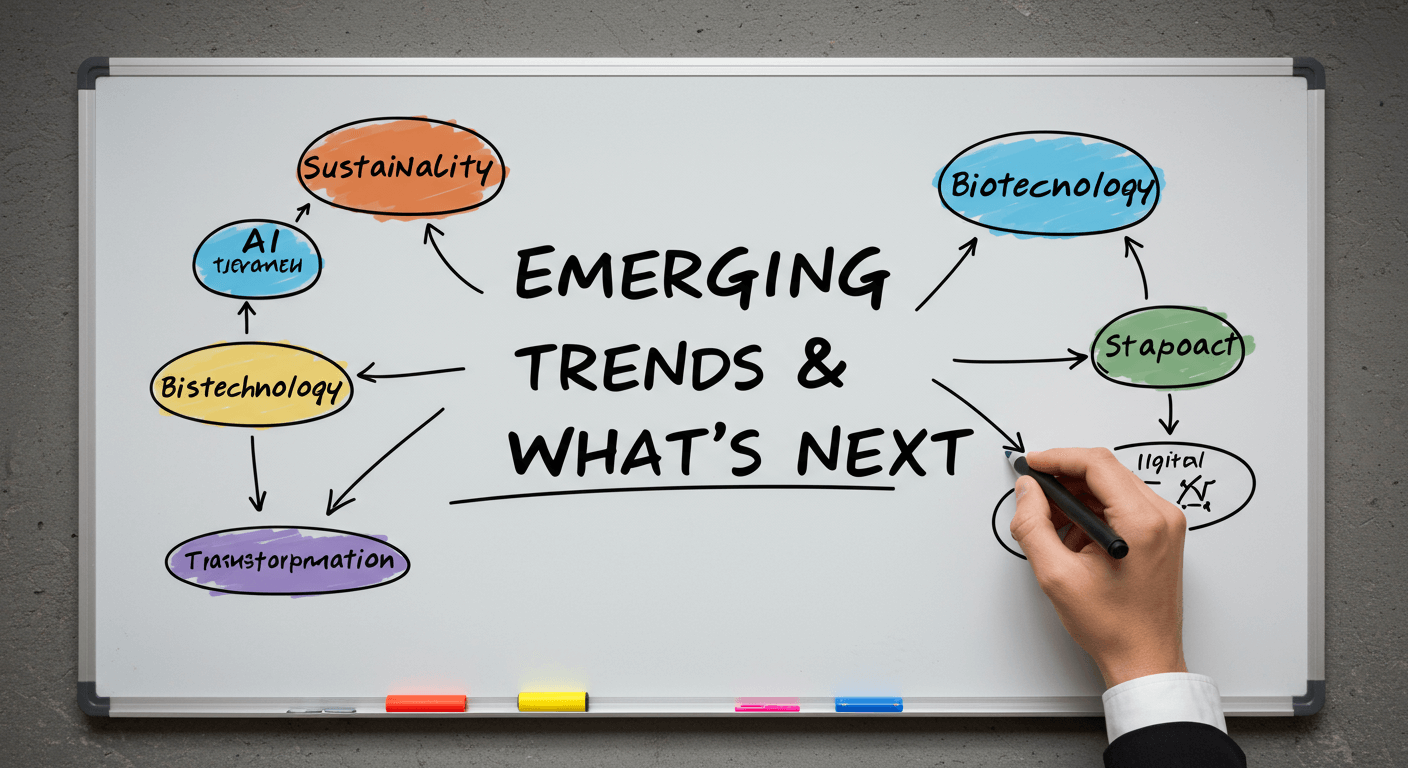In today’s fiercely competitive marketing environment, raw data is no longer enough. Brands need predictive insights that anticipate customer behavior, optimize campaigns on the fly, and maximize return on investment. AI-powered tracking tools marry advanced machine learning with real-time data collection to deliver these game-changing advantages. In this guide, we walk you through everything you need to know—from core benefits and essential features to implementation roadmaps and best practices.
Why AI-Powered Tracking Tools Matter
![]()
Traditional analytics platforms capture what happened. AI-powered tools go further: they infer why it happened and forecast what will happen next. Key advantages include:
- Predictive Analytics: Machine learning models identify patterns in historical data to forecast customer actions, such as likelihood to purchase or churn.
- Real-Time Optimization: Automated rule engines adjust bids, creative elements, or targeting parameters in real time based on incoming signals.
- Multi-Channel Attribution: AI algorithms allocate credit across touchpoints more accurately than last-click models, revealing true ROI by channel.
- Anomaly Detection: Continuous monitoring flags unusual patterns—such as dramatic traffic spikes or drop in conversion rates—so teams can act fast. Learn more about Integrating Tracking Tools for Omnichannel Marketing.
Core Features to Look For
Not all AI-enabled tracking solutions are created equal. When evaluating vendors, prioritize these capabilities:
- Custom Machine Learning Models: Ability to train on your own historical data sets for industry-specific accuracy.
- Cross-Device & Cross-Platform Tracking: Unified user IDs or probabilistic matching that stitches sessions from web, mobile app, email, and offline touchpoints.
- Advanced Dashboard & Reporting: Interactive visualization tools powered by AI insights, complete with explorable drill-downs.
- Automated Alerts & Recommendations: AI-driven notifications highlighting trends, opportunities, and risks, plus actionable next-step suggestions.
- API & Tag Management Integration: Seamless connectors for your CDP, CRM, ad platforms, and tag managers for centralized data flow.
Step-by-Step Implementation Roadmap
- Define Objectives: Establish clear goals—whether elevating LTV prediction, reducing CPA, improving funnel conversion, or optimizing ad spend allocation.
- Audit Current Tracking Infrastructure: Map out existing tags, tracking pixels, events, and data sources. Identify gaps in customer journey coverage.
- Select the Right Vendor: Evaluate platforms against your objectives, budget, technical environment, and SLAs. Request proofs-of-concept when possible.
- Data Integration & Tag Deployment: Work with tag management to deploy AI-ready scripts, SDKs, or server-side endpoints. Connect CRM, CDP, and other first-party data stores.
- Model Training & Calibration: Ingest historical data to train predictive models. Continuously refine parameters based on periodic performance reviews.
- Dashboard Configuration: Design real-time dashboards that surface KPI trends, predictive scores, and anomaly alerts for key stakeholders.
- Pilot & Iterate: Launch a controlled pilot on select campaigns or segments. Collect feedback, iterate on rules, adjust thresholds, and scale when KPIs improve.
Best Practices for Maximizing Impact

To fully leverage AI-powered tracking, embed these practices into your workflow:
- Maintain Data Hygiene: Regularly audit event tagging, fix broken scripts, and standardize naming conventions to ensure model accuracy.
- Blend First- and Third-Party Data: Improve predictive power by enriching behavioral data with CRM, loyalty program, or survey inputs.
- Set Transparent Thresholds: When automating bids or creative swaps, define safe limits, budget guards, and escalation paths to prevent runaway spend.
- Foster Cross-Functional Collaboration: Align marketing, analytics, IT, and data science teams to share insights, validate models, and troubleshoot anomalies.
- Continuously Retrain Models: Schedule periodic retraining to account for seasonality, new product launches, or shifting market conditions.
Real-World Case Study: Ecommerce Growth
An online retailer struggling with high cart abandonment implemented an AI-powered tracking solution to predict dropout risk in real time. By adding AI-driven onsite personalization and automated email triggers for high-risk shoppers, the brand achieved:
- 20% reduction in cart abandonment within four weeks
- 15% lift in overall conversion rate
- 30% increase in average order value through dynamic product recommendations
Key success factors included tightly integrated data flows, clear success metrics, and agile campaign optimization based on predictive scores.
Emerging Trends & What’s Next
The AI tracking landscape continues to evolve rapidly. Look out for these trends:
- Edge AI Tracking: On-device inference minimizes latency and privacy concerns by processing data at the source.
- Privacy-First Predictive Models: Federated learning and differential privacy techniques enable AI insights without exposing raw personal data.
- Conversational Analytics: Natural language interfaces let marketers query dashboards verbally and receive AI-summarized insights.
- Automated Storytelling: Generative AI drafts narrative reports explaining causation, trends, and recommended actions based on tracked data.
Conclusion
AI-powered tracking tools are no longer optional—they are essential for marketers seeking competitive advantage. By integrating predictive analytics, real-time optimization, and automated insights into your campaigns, you can anticipate customer needs, allocate budgets more efficiently, and drive superior ROI. Start today by auditing your tracking setup, selecting a forward-looking vendor, and piloting AI-enabled workflows. The future of marketing is data-driven, and with the right tools, your brand will be prepared to lead the way.
Ready to transform your analytics? Explore AI-powered tracking solutions and harness predictive insights for your next campaign.

